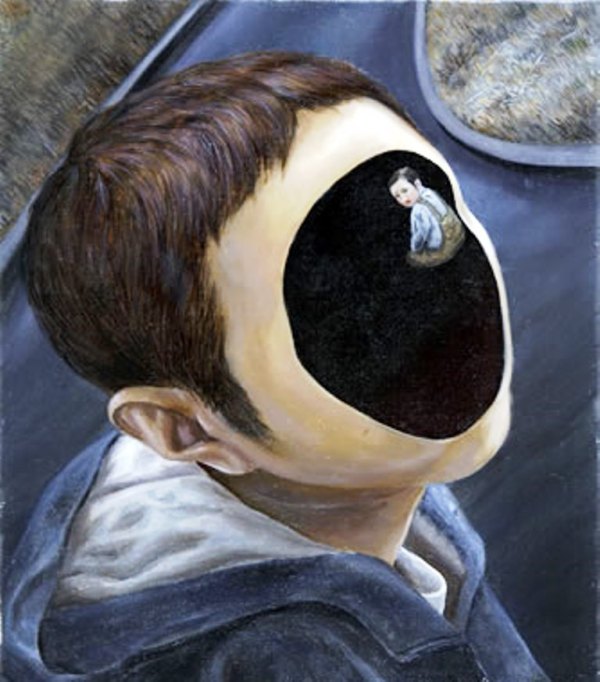By Javier Zorrilla Eguren & Edmundo De la Torre Ugarte
Humanist Centre of Studies, New Civilisation, Lima-Perú
We usually understand science as an activity that interprets and transforms the world based on the logical organisation of data, validated by a method of control, within a set paradigm. In the Social Sciences we find that, with the exception of humanist postures, society has been studied by analogy to paradigms of a physical, biological, cultural or mental nature. Human life is thereby conceived as sharing the same structure as physical objects, animal species, language, the brain or the computer. What is human has been studied according to material things or ideals, but ultimately as things. The result has been the same in any case: what is human has been dissolved to a state of non-being.
Let’s see the genesis of this objectification in more detail. In the mechanical system, society is the analogue of an astronomical model. People, just like planets, relate to one another through attraction or repulsion. Social phenomena are perceived as localised events in an external space in which set positions are maintained. Moreover, force fields, transformations of energy and entropy exist. The balance is constant, quiet and is associated with a state of rest. Virtue is obedience to the established order. Dissidence and rebellion are not tolerated. Change is repressed, conceived as a deviation from the norm. It is intended that human actions “orbit” around a centre, just as the planets do so continuously around the sun.
The biological analogy offers two variants. In the first, society has a brain, a heart, a circulatory system… The different organs cooperate in the struggle for survival. The degree of cooperation measures the level of evolution, but, just as in the mechanical paradigm, priority is given to “order” and every one should maintain their place within a hierarchy which is this time organic. Social mobility is minimal (the page boy cannot become king). In the second variant societies are conceived as animal species. Now the struggle for survival is between individuals, groups and peoples. The fittest or the strongest survive (the big fish eats the smaller one). Superiority is maintained until violence manages to change a system of domination into another one equally violent. It’s a never-ending story.
These paradigms orientate both scientific activity and action in the world. Economists plan the economy according to the biological or mechanical focus dominant in their science. If this prioritises the Market and private ownership, economic policy will tend to this specific orientation, as the natural (mechanical) course of things. The same will happen with the social psychologist if they adhere to behaviourism: they will try to domesticate the human being as one does an animal. They will programme reward and punishment to control adaptation at the margin of the subjects’ will. International policy and corporative strategy will seek to impose its will through competitive superiority, subordinating or “swallowing” the weakest. If this fails, the military will always be ready and armed to the teeth.
It seems that what we see outside is very similar to what we imagine within. The nexus between fantasy and reason, between myth and “reality” is closer than it seems. We don’t comprehend the facts in themselves, but rather we look at landscapes and we interpret them in accordance with a particular belief or vision.[1] Don’t we speak about the myth of progress with its cult included? Don’t we stigmatise and repudiate, condemning as “heterodox” the economic models that distance themselves from the official paradigm? And don’t we invade, kill and exploit in the name of money which is considered as a god? The ideas of science can easily turn into beliefs. Both, in turn, can justify policies of oppression or genocides that treat human beings worse than animals, or such like, within a materialist vision.
When can a scientific idea become a belief? In the moments of failure. When what was previously without doubt and given as fact fails and is revealed to be an error and/or an illusion. Here a “void” is experienced, and in order to fill it one resorts to thinking, converting a new idea into a belief[2]. Human life is therefore experienced as an incessant believing, doing, failing, doubting, thinking, believing again, and once more projecting and doing. In this existential perspective, history appears as a renewed attempt at construction of meaning of the world through the faith in an image-object that gives direction, project, mission and destiny.
The question one has about belief and about the direction it goes in, as an orientating image, gains relevance. Failure and the void become an opportunity for renovation of my being and being in the world. Where is the source? Is there only one or are there many? What do they inspire? With which code do we translate their messages? What belief do we base our being on? Which direction does it take us in? Maybe we should pay attention to this “void” from which emanate the forms with which we repeatedly try to adapt ourselves to change. The funny thing about this is that learning becomes equally permanent and unlimited. And wanting it with strength, the human meaning of situations is discovered time and time again, leaving behind an intuition of a greater meaning in unity or contradiction, happiness or suffering. This thing that cries out, in kindness and fraternity, for the configuration of a definitively human world.
[1] “I do not look with my eyes alone, but also with my heart… I look through allegories, signs, and symbols, and though I do not see these things in my looking, they act on it nonetheless, just as when I look I do not see my eye or its activity.” (Silo, Humanise the Earth)
[2] José Ortega y Gasset: Ideas and beliefs










